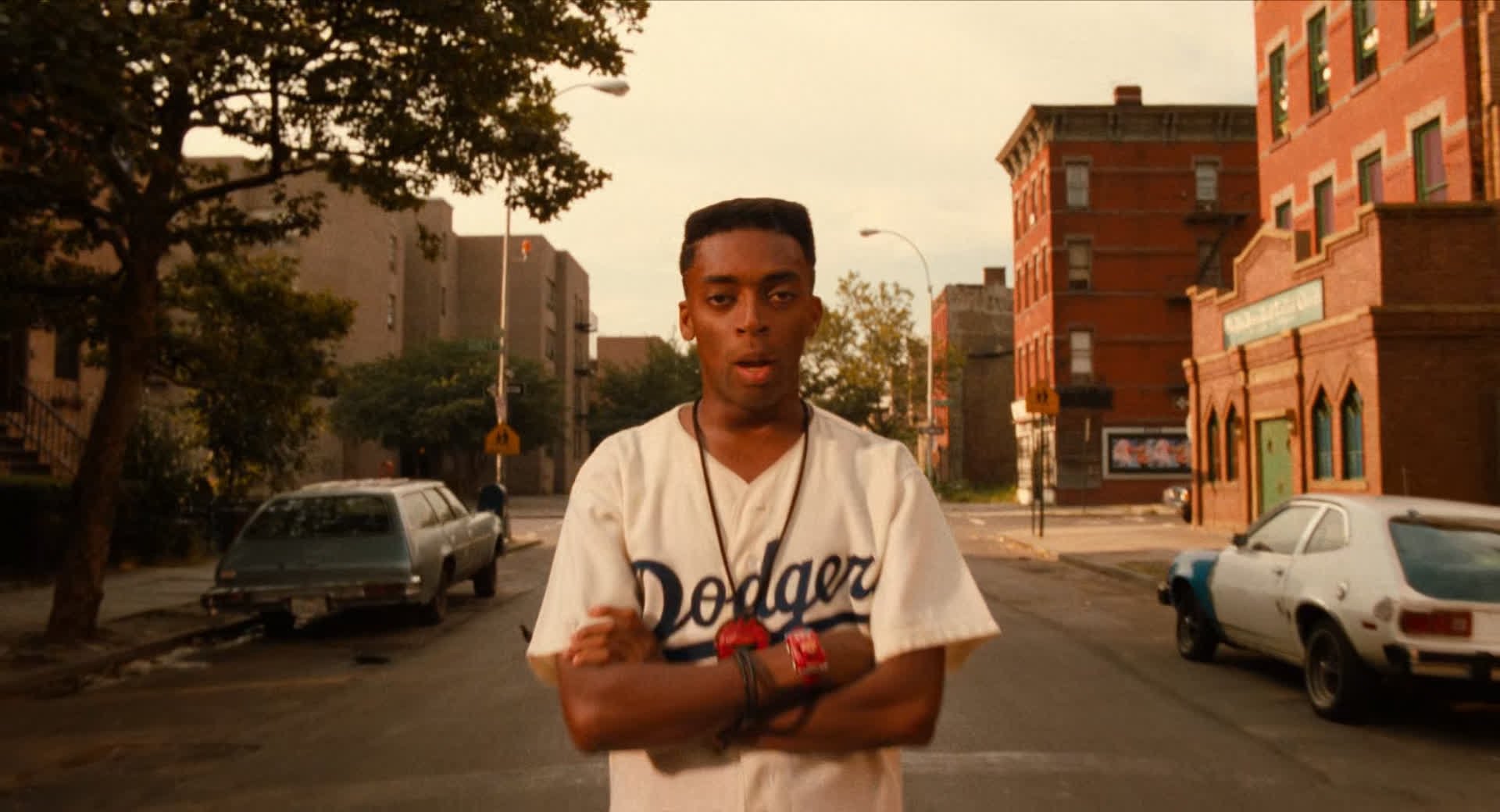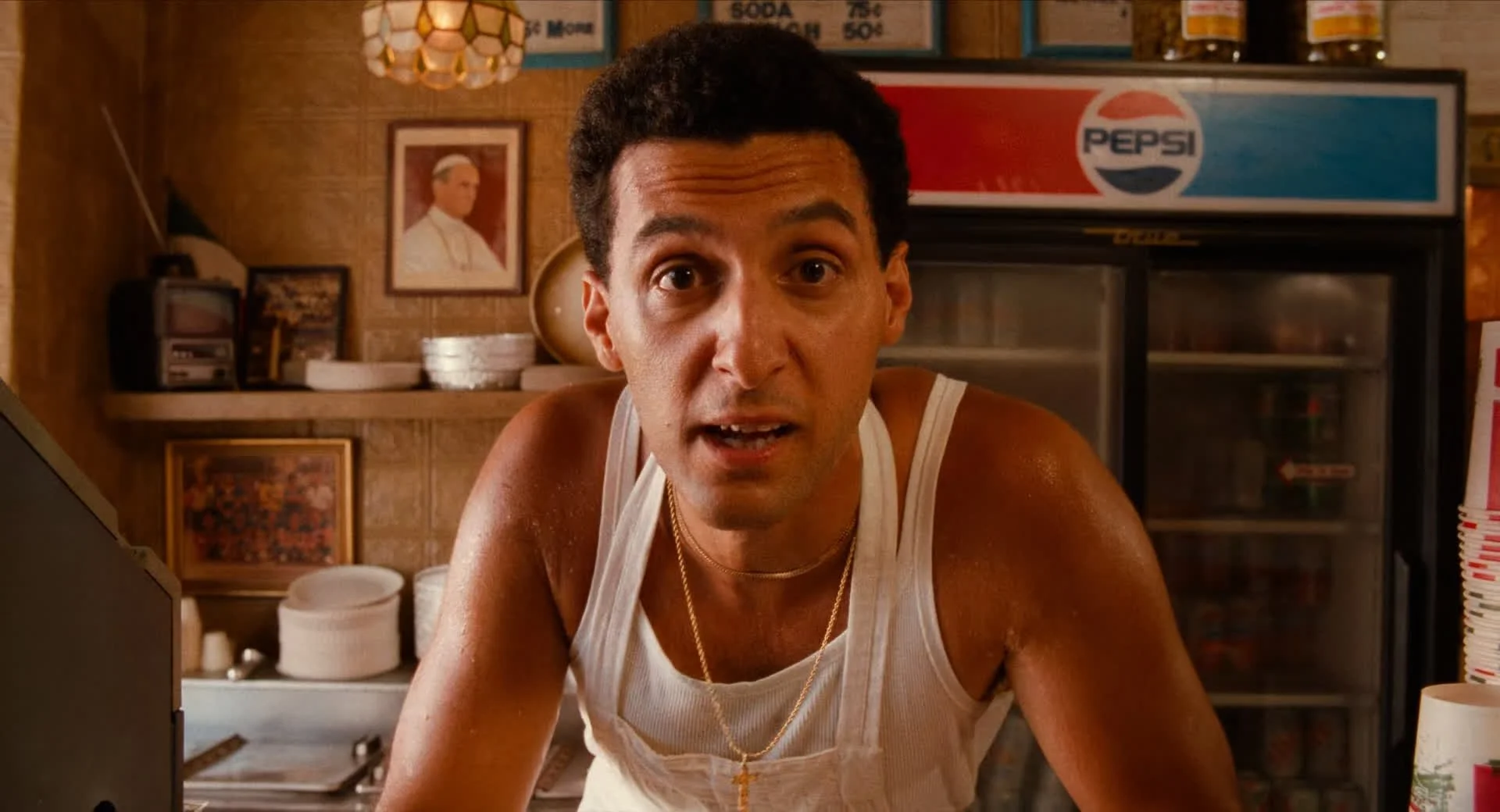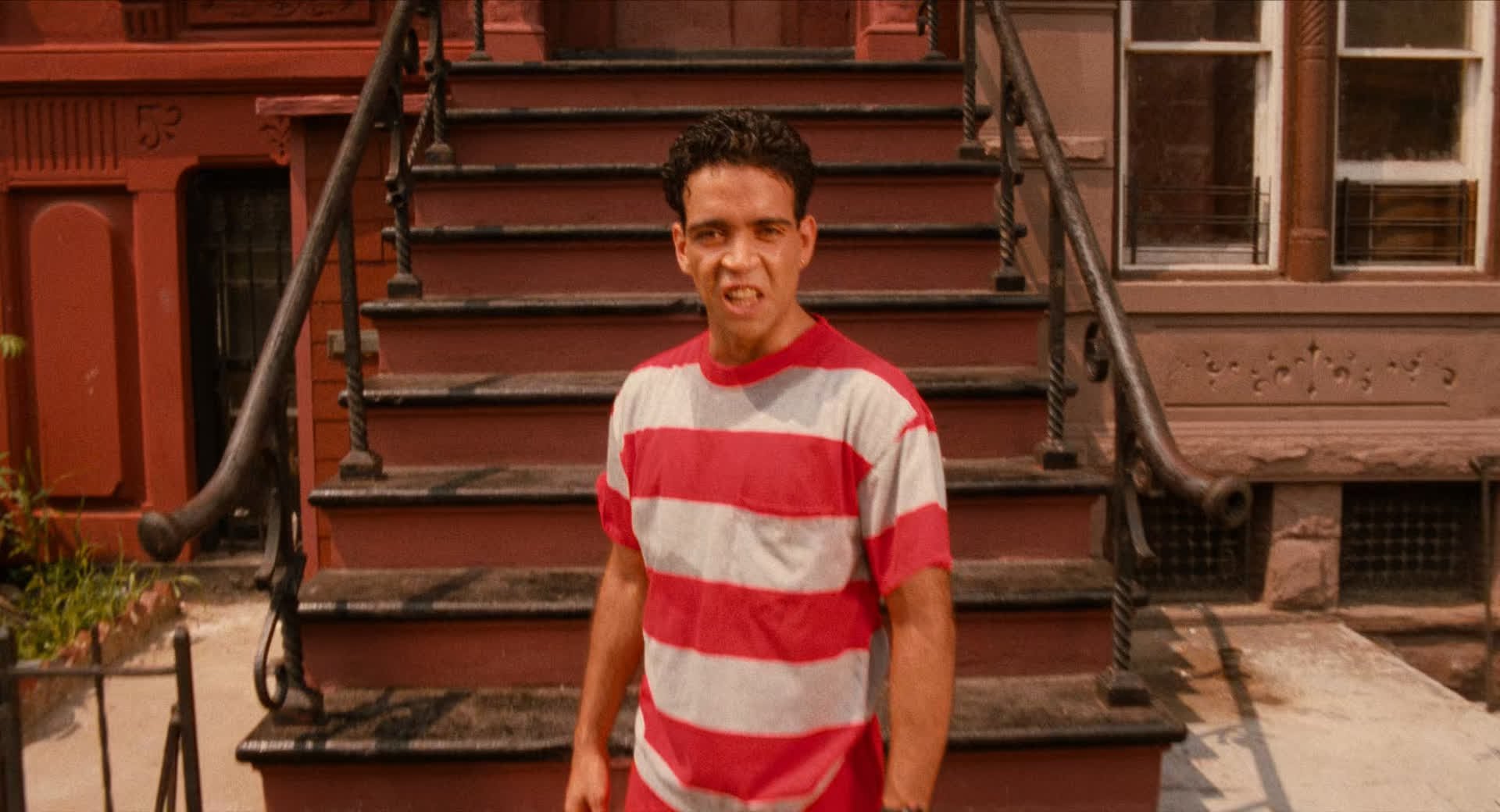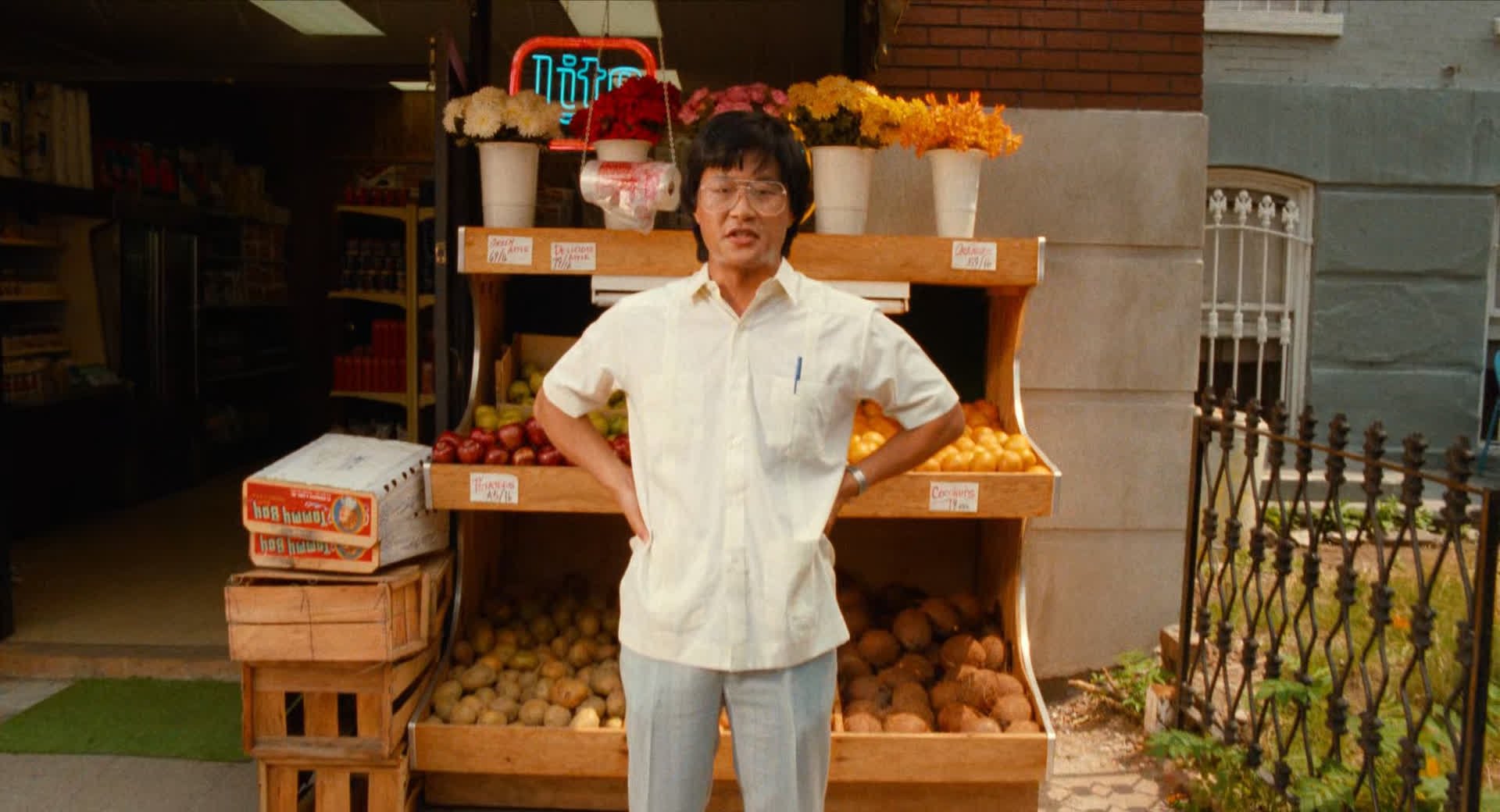In the Heat of the Moment | Do The Right Thing (1989)
In Do The Right Thing, director Spike Lee expresses the theme of social conflict and the mood of the story via the use of his camera techniques. It allows him to emphasize the relationship between characters, and highlight their setting and its effect on the characters. By utilizing the camera’s movement, angles, and dynamic shots, the viewer is a part of the film’s environment further involving them to the characters and the conflict on an emotional level.
Spike Lee’s critically acclaimed Do The Right Thing follows a contrast cast of characters who all reside in Brooklyn, as they bear the heat on the hottest day of the year while also dealing with a staggering rise of racial tension in the neighborhood. By using unique camera movement, different angles and lighting, Spike Lee and cinematographer Ernest Dickerson are able to move the audience through the film's environment and develop an emotional connection to the story.
A significant choice Lee and Dickerson decided with camera movement was the use of Dutch angles. A Dutch angle is a cinematographic technique where the camera is intentionally tilted to create a diagonal, off-kilter framing, often used to evoke tension, disorientation, or psychological unease in a scene.These tilted shots in the movie represent discomfort and tension, which is recurring throughout the film. There is a significant scene, near the climax of the film (1:29:40), where this camera technique aids in conveying the theme of the film. When locals Radio Rahim and Buggin Out confront Sal, the pizzeria owner, Lee decides to implement Dutch angles within this altercation.
It isn’t until Sal breaks Radio Rahim’s boombox with a bat that the Dutch angels are no longer used, representing the heightened tension finally breaking, with a physical altercation between the two following right after. Through this choice of angels, it conveys the intense emotion between the two parties, the stressful anger they feel for each other.
Spike Lee also uses the distinctive technique of “Breaking the Fourth Wall” to further emphasize his story and its theme. When the fourth wall is broken, the characters speak directly to the audience.




This is rarely used, however Lee uses it to further convey the tension between the characters. Abruptly cut from a conversation between Mooki and Pino (00:47:44), the scene shifts to characters insulting the camera with racial stereotypes of other races. This is mean to represent the feelings they truthfully hold towards the race they insult, and further adds tension to the film.
By approaching this scene using the “Breaking the Fourth Wall” technique, Lee is not only reaffirming the theme of the story, but also directly connecting to the audience’s personal feelings. The scene also ends with the Radio DJ calling for “time-out”, snapping both the characters and the audience out of the brief tension.
Additionally, Spike Lee uses lighting to express the intense heat in the film’s setting. The summer heat is vital to the story, as it’s a symbol of the pressuring tension. It’s noted that the events take place on the hottest day of the year, emphasizing the tight and tense themes of the story. Throughout the film, characters are drenched in sweat or complaining about the heat, as everyone’s affected by it. When an indoor scene occurs, colors are muted or scattered through the window blinds with shadows standing out. And when we return outside on the streets of Bed-stuy, colors tend to be more vibrant and the sun radiates throughout the film.
In conclusion, both Lee and Dickerson amplify the meaning of the film and its tone through the use of various unique camera angles, movement and techniques. By doing so, it not only emphasizes the social conflict and the racial tension, but creates a unique atmosphere that perfectly parallels the story of the film.

